දෙබෙදුම් සූචිය අනුව ජලය උරාගන්නා හා පරිවහන ක්රමය අනුව ප්රථමයෙන් ශාක දෙකොටසකට බෙදේ.
1. ජලය උරාගෙන කඳ තුලින් පත්ර දක්වා ප්රවාහනය කරන(Vascular plants) උදා : කොස්
2. ශාකයේ මතුපිට පෘෂ්ඨයෙන් ජලය උරාගන්නා (Non-vascular plants)
උදා :
එම වර්ගීකරණයන් නැවතත් දෙකට බෙදේ.
1. මල් හටගන්නා ශාක : පොල්
2. මල් හට නොගන්නා ශාක : බතල
Fungi - දිලීර හා පුස්
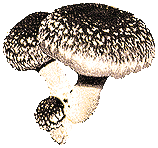
Fungi are toadstools, mushrooms and mould. They do not produce their own food, but instead live on living things, either dead or alive.They are useful for medicines, vitamins and for fermentation.
Algaes - ඇල්ගී
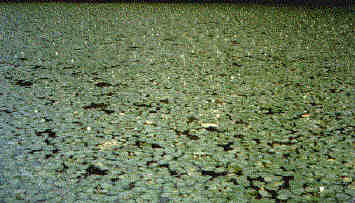
Algaes are seaweed or pondweed. They do not have roots and all live in water. They can be different colours such as green or red.

Algaes are seaweed or pondweed. They do not have roots and all live in water. They can be different colours such as green or red.
Lichens ලයිකන්
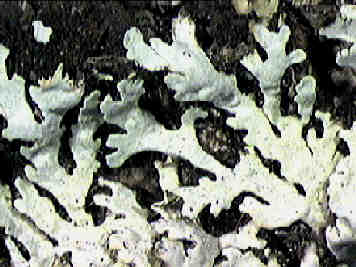
Lichens are two plants joined together: fungus and algae. Only certain algae and certain fungi can get together to form a lichen. Lichens are good at telling us how clean the air is, and are homes for spider, mites and other insects.
Confers - කේතුධර
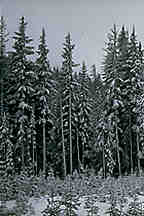
A conifer is a tree. They do not have flowers, but have needles and cones. They are also evergreens so they don't lose their leaves in winter. They are specially designed to live in cold habitats.
Mosses - පාසි
Mosses are small plants which need to grow in moist habitats. They provide food for certain animals. Below is a very close-up picture.
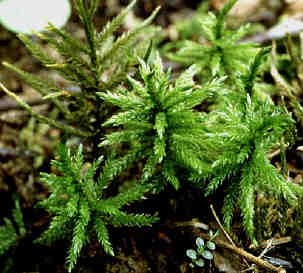
Cactus plants - පතොක්
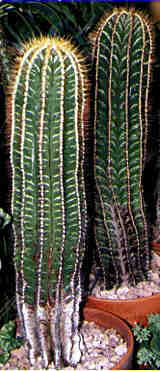
Cactus plants have green stems and usually spines. They produce flowers, mainly in spring and some for only a few hours, and berries, some of which are edible. The green stems are designed to hold water as cactus live in hot dry regions.
Grass and Palm - තෘණ
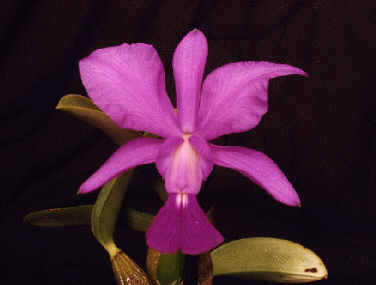
These plants are known as monocots. They all have parallel veins on their leaves.
There are around 30,000 different plants which all flower: orchids, lilies, irises, and palms. The grasses which carpet our lawns and meadows are also monocots.
Monocots provide us with our primary sources of nutrition, supplying us and the animals we eat with grains such as wheat, oats, and corn, as well as fruits such as dates and bananas.
BroadLeaf (Dicotyledons) - පළල් පත්ර
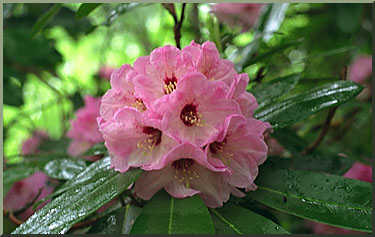
These plants are called Dicotyledons. Their leaves has one main vein in the leaf, with many smaller ones stemming off from it.
They grow their seeds inside an ovary which is, in a flower. After it is fertilized, the flower falls away and the ovary swells to become a fruit.
The vast majority of plants are Dicots. Most trees, shrubs, vines, and flowers belong to this group of around 200,000 species. Most fruits and vegetables come from this class.
Fern - මීවන
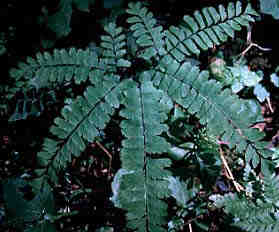
There are about 100,000 different types of fern. They have roots anchoring them to the soil and produce spores which grow under leaves.
 ශිල්ප 64
ශිල්ප 64